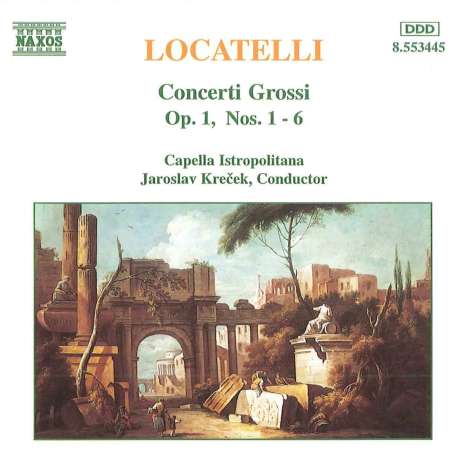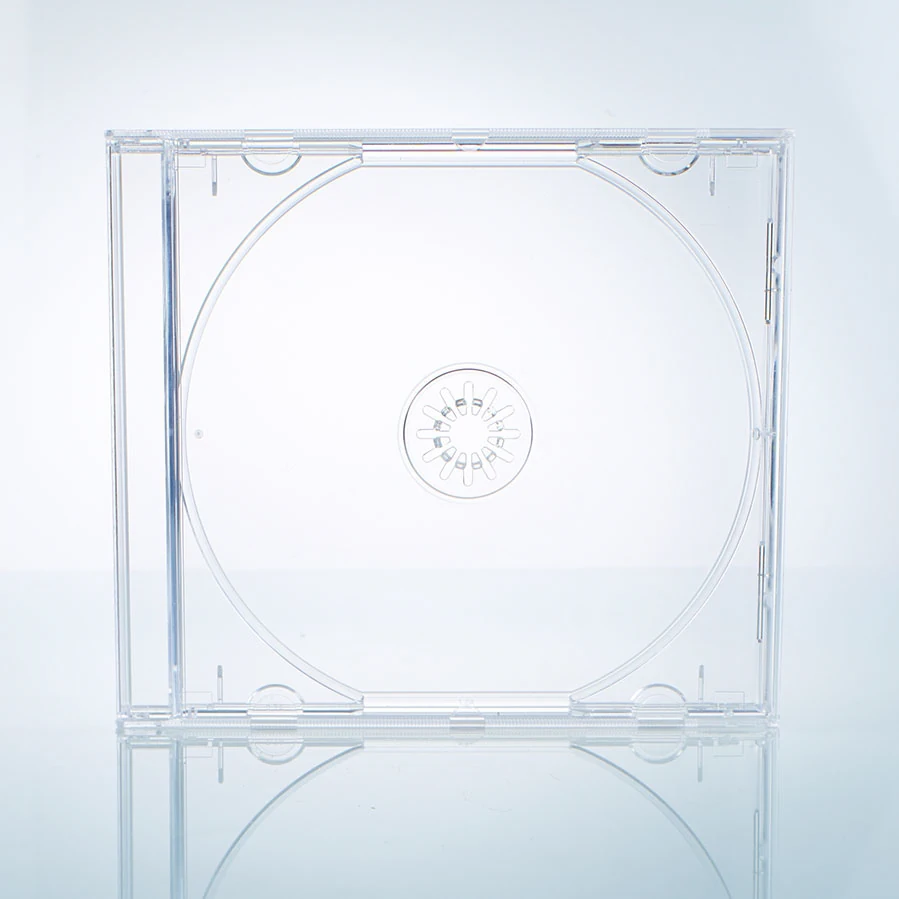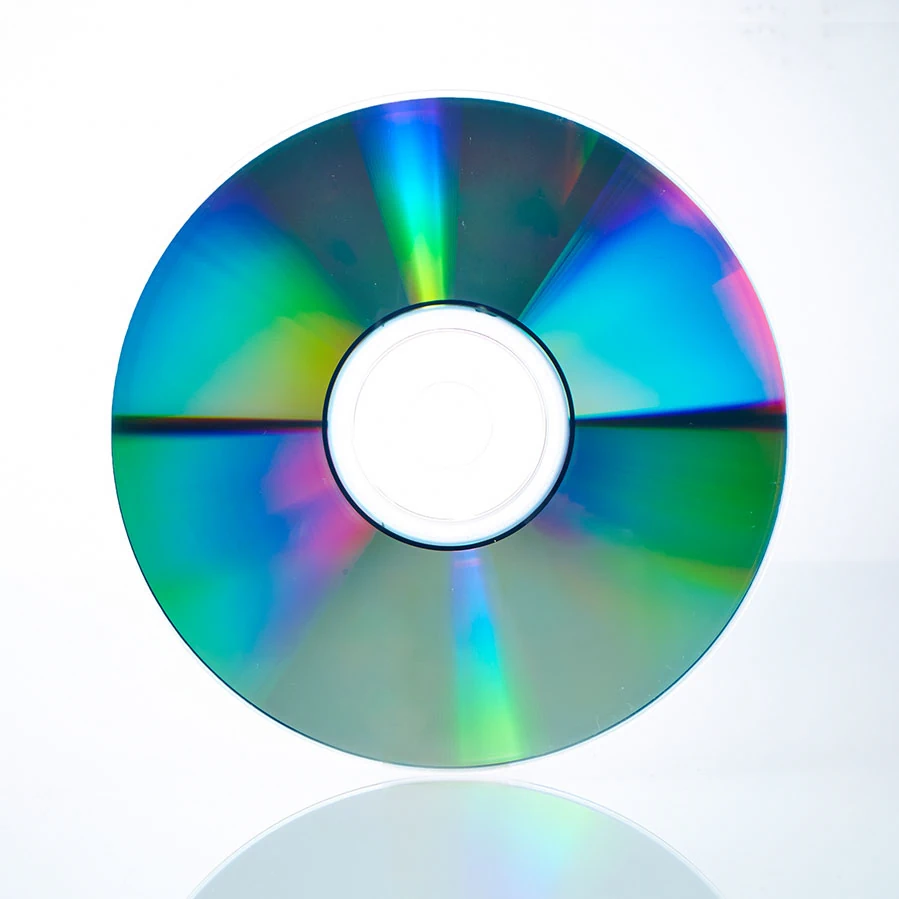Pietro Locatelli: Concerti grossi op.1 Nr.1-6 auf CD
Concerti grossi op.1 Nr.1-6
Herkömmliche CD, die mit allen CD-Playern und Computerlaufwerken, aber auch mit den meisten SACD- oder Multiplayern abspielbar ist.
Lassen Sie sich über unseren eCourier benachrichtigen, falls das Produkt bestellt werden kann.
- Künstler:
- Capella Istropolitana, Jaroslav Krecek
- Label:
- Naxos
- Aufnahmejahr ca.:
- 1994/1995
- UPC/EAN:
- 0730099444521
- Erscheinungstermin:
- 29.4.1996
Ähnliche Artikel
Locatellis XII. Concerti grossi a 4 e a 5 con 12 fughe, Opus 1, wurden erstmals 1721 veröffentlicht und sollten 1729 in Amsterdam überarbeitet werden. Die zwölf Concerti grossi folgen weitgehend dem Muster, das Corelli in seinen einflussreichen und weithin bekannten Concerti grossi festgelegt hatte, die den Besuchern Roms im letzten Viertel des 17. Jahrhunderts vertraut waren, aber erst posthum 1714 veröffentlicht wurden. Die von Corelli etablierte Form folgte weitgehend der populären Triosonate, die normalerweise für zwei Violinen, Cello und Cembalo, Orgel oder ein anderes akkordisches Continuo bespielt wird. Diese wurde zu einer größeren Form erweitert, in der die Instrumente der Triosonate ein Concertino, eine kleine Sologruppe, bildeten, die mit dem Korpus des Streichorchesters, dem Concerto grosso oder den Ripieno-Spielern kontrastiert wurde. Gelegentlich konnte Corelli ein sehr großes Orchester zusammenstellen, aber sein normales Ensemble bestand aus einem Dutzend Spieler, einschließlich der Sologruppe. Locatelli unterscheidet sich von Corelli dadurch, dass er eine oder zwei Bratschen in der Sologruppe einsetzt, eine Praxis, wie bereits erwähnt, gefolgt von Valentini, wie später von Geminiani und bei der Überarbeitung von Corelli durch Pepusch in England. Das zusätzliche Concertino-Instrument ermöglicht einen komplexeren Kontrapunkt in fugierten Sätzen und verleiht der Textur eine gewisse Fülle.
Product Information
Locatelli's XII Concerti grossi a 4 e a 5 con 12 fughe, Opus 1, were first published in 1721, to be revised in Amsterdam in 1729. The twelve concerti grossi follow largely the pattern established by Corelli in his influential and widely known concerti grossi, familiar to visitors to Rome in the last quarter of the seventeenth century, but published posthumously in 1714. The form established by Corelli broadly followed the popular trio sonata, scored normally for two violins, cello and harpsichord, organ or other chordal continuo. This was expanded into a larger form in which the instruments of the trio sonata formed a concertino, a small solo group, to be contrasted with the body of the string orchestra, the concerto grosso or ripieno players. On occasions Corelli could muster a very large orchestra, but his normal ensemble consisted of a dozen players, including the solo group. Locatelli differs from Corelli in using one or two violas in the solo group, a practice, as has been noted, followed by Valentini, as it was later by Geminiani and in the revision of Corelli by Pepusch in England. The additional concertino instrument allows more intricate counterpoint in fugal movements and adds a certain fullness to the texture.
Disk 1 von 1 (CD)
-
1 Concerto Grosso in F major, Op. 1, No. 1: I. Allegro
-
2 Concerto Grosso in F major, Op. 1, No. 1: II. Largo
-
3 Concerto Grosso In F Major, Op. 1, No. 1: Iii. Allegro
-
4 Concerto Grosso in F major, Op. 1, No. 1: IV. Largo
-
5 Concerto Grosso in F major, Op. 1, No. 1: V. Allegro
-
6 Concerto Grosso in C minor, Op. 1, No. 2 : I. Adagio
-
7 Concerto Grosso in C minor, Op. 1, No. 2 : II. Allegro
-
8 Concerto Grosso In C Minor, Op. 1, No. 2 : Iii. Largo
-
9 Concerto Grosso in C minor, Op. 1, No. 2 : IV. Allegro
-
10 Concerto Grosso in C minor, Op. 1, No. 2 : V. Allegro
-
11 Concerto Grosso in B flat major, Op. 1, No. 3: I. Largo
-
12 Concerto Grosso in B flat major, Op. 1, No. 3: II. Allegro
-
13 Concerto Grosso In B Flat Major, Op. 1, No. 3: Iii. Largo
-
14 Concerto Grosso in B flat major, Op. 1, No. 3: IV. Vivace
-
15 Concerto Grosso in B flat major, Op. 1, No. 3: V. Allegro
-
16 Concerto Grosso in E minor, Op. 1, No. 4: I. Adagio
-
17 Concerto Grosso in E minor, Op. 1, No. 4: II. Allegro
-
18 Concerto Grosso In E Minor, Op. 1, No. 4: Iii. Largo
-
19 Concerto Grosso in E minor, Op. 1, No. 4: IV. Allegro
-
20 Concerto Grosso in D major, Op. 1, No. 5: I. Largo
-
21 Concerto Grosso in D major, Op. 1, No. 5: II. Allegro
-
22 Concerto Grosso In D Major, Op. 1, No. 5: Iii. Largo
-
23 Concerto Grosso in D major, Op. 1, No. 5: IV. Allegro
-
24 Concerto Grosso in C minor, Op. 1, No. 6: I. Adagio
-
25 Concerto Grosso in C minor, Op. 1, No. 6: II. Allegro
-
26 Concerto Grosso In C Minor, Op. 1, No. 6: Iii. Largo
-
27 Concerto Grosso in C minor, Op. 1, No. 6: IV. Allegro
Mehr von Pietro Locatelli
-
Sergey Malov - Hommage a PaganiniCDAktueller Preis: EUR 19,99
-
Corellimania - Concerti grossiCDVorheriger Preis EUR 19,99, reduziert um 0%Aktueller Preis: EUR 4,99
-
La Cremona - Italienische Konzerte für 3 & 4 ViolinenCDAktueller Preis: EUR 16,99
-
Festliche WeihnachtskonzerteCDAktueller Preis: EUR 5,99










